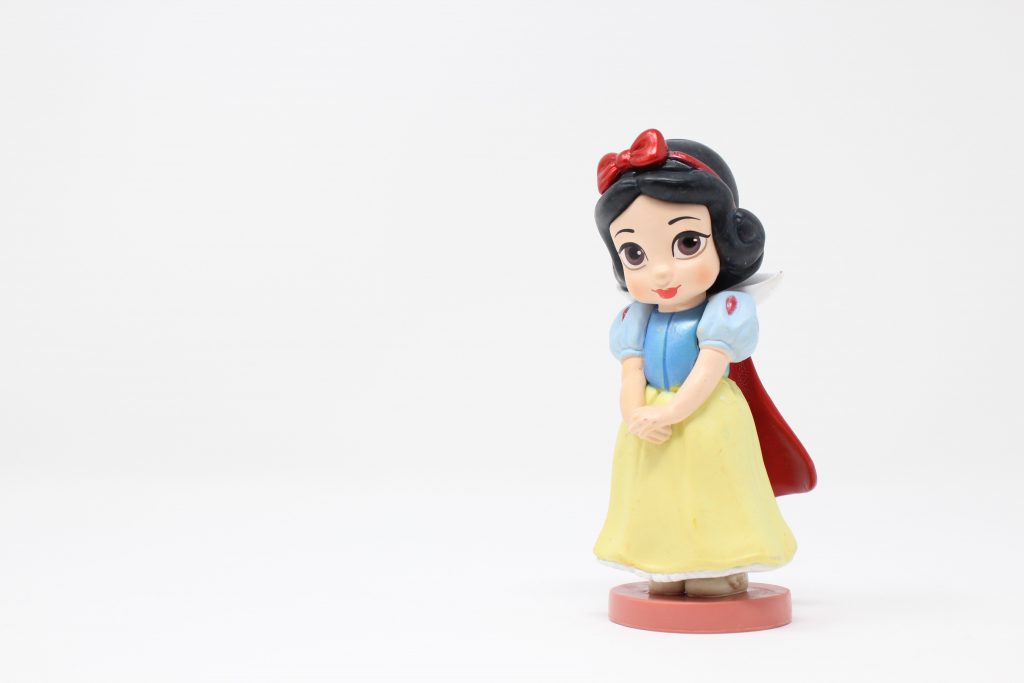In celebration of National Novel Writing month, Authors Alliance is pleased to bring you resources and information about copyright issues of note for fiction authors. In this post, we will go over the copyrightability of fictional characters. Last week, we discussed exceptions to copyright that are relevant to fiction authors, and next week, we will survey issues in fair use that are relevant to fiction writers.
As we discussed last week, some features of fiction work are outside of copyright protection altogether. But what about literary characters? As it turns out, the answer is not entirely clear cut. Some literary characters are entitled to copyright protection, and courts employ different tests to make this determination on a case-by-case basis. As a general rule, the more well-defined and unique a character is, the more likely it is to be entitled to copyright protection. This principle was established by the renowned Judge Learned Hand in a 1930s case, Nichols v. Universal Pictures. In that case, Judge Hand pushed back against attempts to claim copyright in characters that were defined mostly by scènes a faire and were therefore “stock figures.” More recently, courts have refined this analysis while considering the copyrightability of popular characters.
In Detective Comics v. Bruns Publications—decided just a few years after the Nichols case—a court found that the Superman character was subject to copyright protection despite arguments that the character embodied the stock hero “Hercules” character commonly used in epics and action stories. Because Superman had original attributes beyond a Hercules type, the court found he could be copyrighted, and that a competing comic, Wonderman, infringed the copyright in the Superman character with its Wonderman character. The court observed that both Superman and Wonderman “conceals his strength beneath ordinary clothing but after removing his cloak stand revealed in full panoply in a skintight acrobatic costume.” Both were described as “the strongest man in the world” and “the champion of the oppressed,” and the only significant difference in their portrayal in the comics was that Wonderman wore a red uniform and Superman a blue one. The court concluded that the authors of Wonderman had “used more than the general types and ideas” present in the Superman character, and found infringement.
Litigation involving famous detective Sherlock Holmes illuminates the nuances of copyright protection for literary characters a bit further. In a 2014 case, Klinger v. Conan Doyle Estate, the estate of Sir Arthur Conan Doyle sued the editor of an anthology of stories inspired by Sherlock Holmes, alleging that her work infringed the copyright in several Sherlock Holmes stories that had not yet entered the public domain. At the time of the lawsuit, a bulk of the stories had entered the public domain based on the expiration of the copyrights in those stories. The court rejected the estate’s argument that because some of the stories were still under copyright, the characters of Sherlock Holmes and his sidekick, Watson, remained under copyright. Because Klinger’s anthology was inspired by the Sherlock Holmes cannon as a whole, much of which had entered the public domain, the estate could not claw back copyright protection simply because a few stories about Holmes remained under copyright. Therefore, even if a character can be protected by copyright, when the underlying work enters the public domain, so too does that character. In this way, the court circumscribed copyright protection for literary characters.
But the Conan Doyle estate’s attempt to stake out a valid copyright in the character of Sherlock Holmes, despite many of the stories having entered the public domain, did not end there. Recently, the estate filed a lawsuit against Netflix, alleging that its new series, Enola Holmes, infringed the copyright in the Sherlock Holmes stories which remained under copyright. In this case, the estate is arguing that these later stories portrayed a different version of Sherlock Holmes than that of the early stories, and alleges Netflix appropriated the character traits of the version of Holmes portrayed in the late stories. Among the Holmes traits the estate alleges that Netflix copied are an affinity for dogs and a respect for women, which it argues were not present in the early stories that have entered the public domain. This lawsuit demonstrates the uncertainty in protection for literary characters: the question is the same as the one considered in the Klinger case, but with new factual circumstances, a court will once again consider the copyrightability of Holmes and whether Netflix’s new work infringes the estate’s copyrights.
Another recent court case involving a popular Disney film provides a contemporary example of characters which are too general and ill-defined for copyright protection. In Daniels v. Disney, the author of a series of children’s books sued Disney, alleging that its popular film, Inside Out, infringed her copyright in the “Moodster” characters in her own work, which were “color-coded anthropomorphic emotions,” such as a yellow character representing happiness and a red character representing anger. The court found that the Moodsters characters were not sufficiently “delineated” and consistent to qualify for copyright protection: the appearances and names of the Moodsters changed over time, with only the colors and associated emotions remaining consistent across different works. In a sense, the court found that the characters were embodiments of the idea of associating color with emotion, making the claim also based on an uncopyrightable idea. Because the moodsters were not protected by copyright, the court did not need to consider whether Disney’s anthropomorphized emotions constituted infringement. Daniels has appealed the ruling to the Supreme Court, which has not yet decided whether to hear the case. Authors Alliance will keep its members and readers updated about this case as it develops.
Discover more from Authors Alliance
Subscribe to get the latest posts sent to your email.

